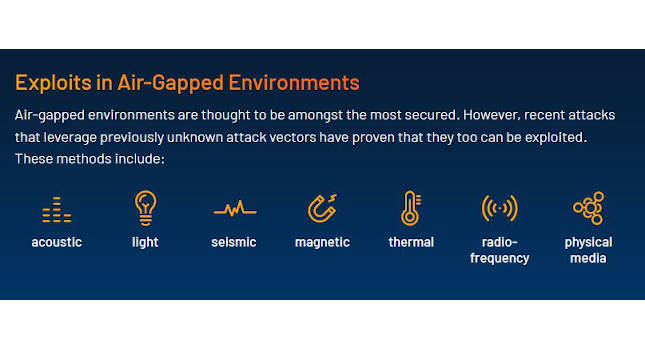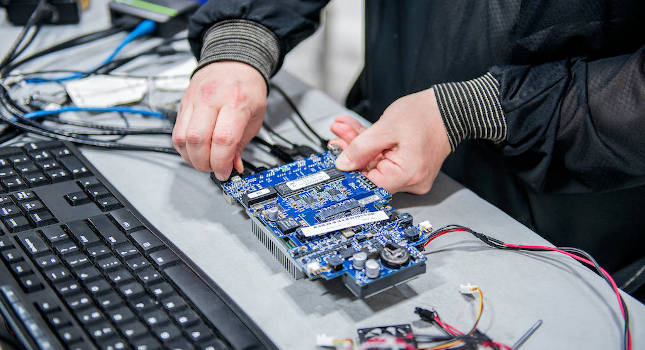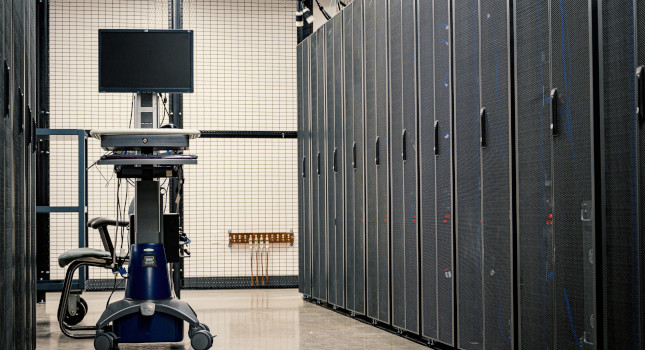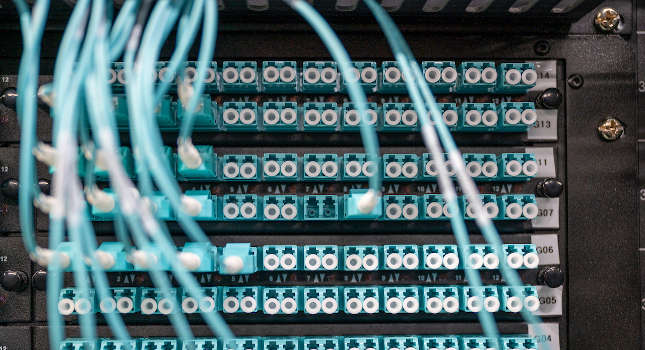Effective data analytics drives ROI and improves operations.
The urge to drive digital transformation has compelled the upstream oil & gas industry to become more receptive to the benefits of data and analytics. A string of new-age data management trends promises to simplify the industry’s journey toward evolving as a data-driven space. However, to move in the right direction, more focus on data integration, uniformity, and security is needed.
In a recent oil & gas digital trends survey, almost two-thirds of the industry professionals highlighted data-powered analytics as a game changer for the industry. With systematic planning and strategic investments, companies can indeed turn information into a strategic asset and drive ROI.
The roadblocks
In an attempt to simplify information management, the oil & gas industry has long embraced solutions that facilitate the convergence of distributed, multilayered systems into a single, unified network architecture. This interconnected smart plant infrastructure has created opportunities for companies to amass data from critical processes, analyze it, and then share it with top-level decision makers. However, this interconnected architecture has its limitations.
This infrastructure consists of several independent systems working together with separate applications assigned for each process, including quality and risk management, information management, bills of material management, contracting and procurement, enterprise resource planning, plant design, and vendor collaboration. Often, these applications are controlled by different vendors who seldom permit plant operators to integrate one or more applications into their proprietary application suites.
The resultant multi-application environment involving specific solutions for every process is costly and difficult to maintain. Moreover, proprietary, process-specific applications from multiple vendors working in a single unified environment hinder data uniformity and make information integration and analysis across assets a tedious task.
Navigating the data deluge
With an overwhelming amount of data still trapped within process silos, it’s imperative for the sector to look for solutions that can facilitate seamless information integration and sharing for all stakeholders. For instance, a more close-knit data management architecture comprising a unified data aggregator solution can help companies navigate the data deluge, simplify third-party application integration, and empower a company with complete access to data embedded within any downstream application or analytics tools.
Data generated by the upstream oil & gas industry typically includes historical work records and operational information, such as process control history, asset and plant design documentation, and maintenance workflows. Integrating a smart plant lifecycle management-based data aggregator solution to collect, store, and analyze such massive data sets generated from multiple sources can help companies make more informed decisions and in turn reap rich dividends.
By leveraging the solution, plant operators can create a repository of critical plant lifecycle information pertaining to project execution, project collaboration, configuration management, requirements management, and change management. This data can be made available throughout the enterprise to help stakeholders plan, operate, and execute changes to the plant functions more easily and that too, with minimal financial repercussions.
One of the most significant aspects of this data management model is that it allows for the reuse of design and process data from one successful project to another. In fact, it can help plant operators eradicate the complexity of designing both new and retrofitting projects by:
- Constantly validating, enriching, and reconciling data across multiple sources on a real-time basis throughout the entire asset lifecycle
- Fostering complete data lineage and simplifying data auditing for all stakeholders, including suppliers, plant design partners, and third-party plant management solution providers
- Facilitating the integration of a high-end digital twin application with the data management platform to create a digital replica of an entire facility and its corresponding data assets.
A distinct aspect of the digital twin technology is its ubiquity across the plant lifecycle. No matter how complex a facility becomes in its data architecture, digital twin automatically can reconcile and update information about the facility’s design, manufacturing, and service requirements. That’s the kind of possibility that heralds a new future for the industry. That’s a future worth investing in.
Anand Chordia is global head of plant engineering at L&T Technology Services Ltd.



